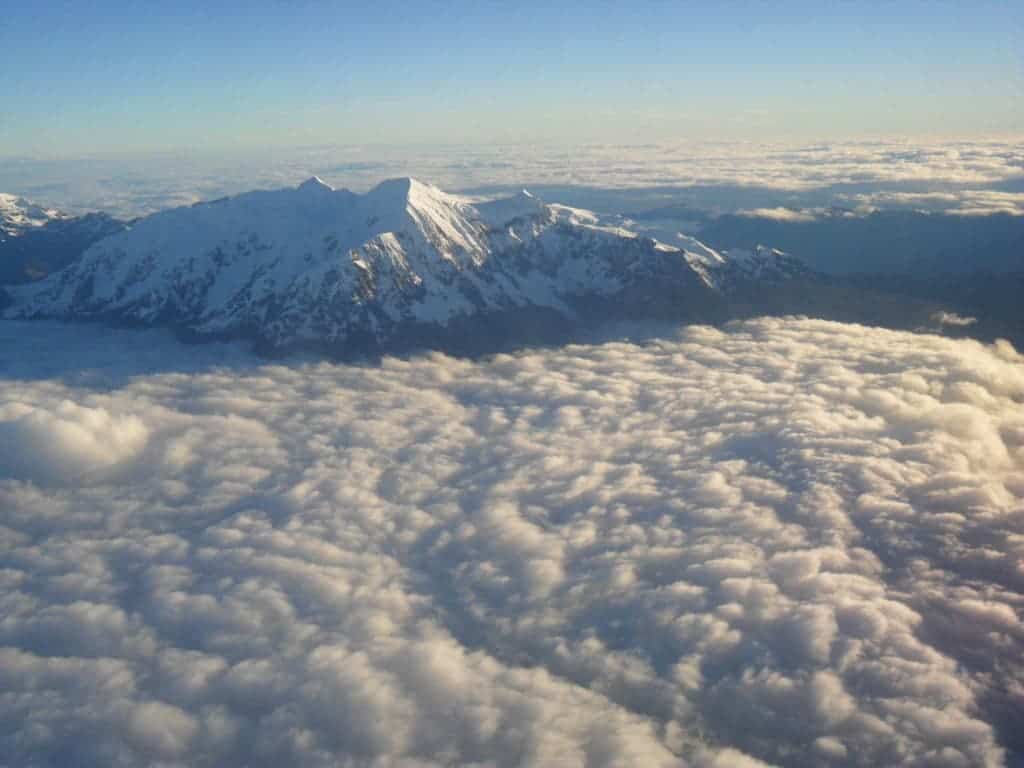
Only a couple of weeks from now, in May, a team of brave researchers, engineers, and laborers will climb Mt. Illimani in Bolivia. At its summit, they will find an ancient glacier where in some parts the ice hasn’t been disturbed in thousands of years — but not for long. Pressed by rising temperatures at the hand of man-made climate change, the team wants to quickly extract 18,000-year-old ice cores from the glacier before it’s too late and transport them to a natural freezer in Antarctica.
“We’re really close to losing the site,” Patrick Ginot, one of the researchers leading the Protecting Ice Memory project, told FastCoexist.
The project founded only last year aims to create the world’s first ice library in Antarctica similarly to how a seed bank operates in the Arctic. The purpose is simple: archive ice cores from glaciers all over the world in case we need to study them later.
This is no collector’s trifle. Trapped in the ice are small bubbles of air that contain a sample of the atmosphere exactly as it was at the time when that particular layer of ice was formed. By studying these sections of ice along with the various molecules and isotopes encased within, scientists can infer a lot of details about the past’s climate with astonishing confidence and accuracy.
Carbon dioxide is the most widespread greenhouse gas but continuous measurement of the gas in the atmosphere have only started in the 1950s. Luckily, ice cores allow us to extend these measurements way back in the past. The oldest continuous ice core records to date extend 123,000 years in Greenland and 800,000 years in Antarctica, for instance.
There’s a lot we can learn about ancient climate from even one single ice core drilled from one single glacier. However, this renders a rough estimate. To get really precise, you need more data points from as many geographical locations as possible.
“If you want to extract the history of biomass burning in the Amazonian basin, you have to find a good site close to the Amazon basin,” Ginot says. “The Andes are the only place in the world where you can get that kind of information.”
And they have to move fast. Like the rest of the world, Bolivia has been warming up but at higher altitudes even much more so. The small Andean glaciers should disappear in the next 20 years or so according to conservative estimates. For the locals, this means they’ll lose 36 percent of the water availability during the dry season, but that’s another story.
The first collected ice was from the Col du Dome glacier on Mount Blanc in the Alps. It wasn’t easy but compared to this second trip to Bolivia, it was a piece of cake.
Unlike the Alps, this glacier in the Andes can’t be reached by helicopter. You have to get there by foot which is pretty much a hassle when you’re on a mission to drill several thousands of feet into the rock solid ice. So that’s 4500 pounds of equipment that need to be carried by foot until the team reaches Illimani which is some four miles above sea level.
Due to the very high elevation, the team will spend a couple of weeks camping partway so the members gradually get used to the thin air. The next few weeks will be occupied with installing the equipment while drilling itself should take two to four days, followed by a very long trip back to the foot of the mountain. Ultimately, the ice cores will find a new chilly home at the Concordia Research Station in Antarctica, where annual temperatures are currently around – 65.2 degrees Fahrenheit (-54 degrees Centigrade). It might get warmer from time to time but one thing’s for sure: these will stay hard as a brick. One core will also be sent to France for research purposes.
Ultimately, the Protecting Ice Memory project wants to amass dozens and dozens of similar ice cores collected from glaciers all over the world. If a glacier collapses, we can always turn to these cores to learn about what the climate used to be like.






